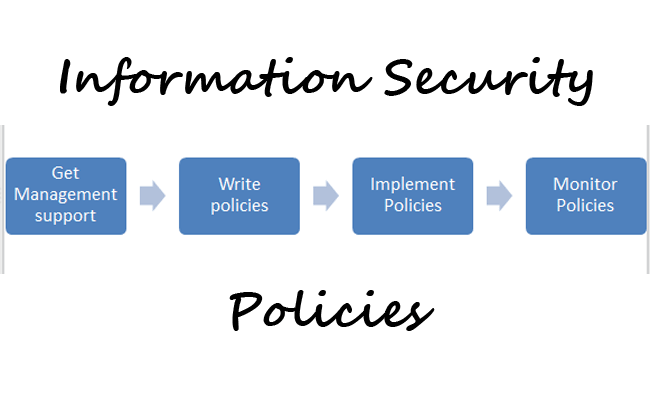The article explains how to enhance the security of Infrastructure as Code (IaC) by default. It emphasizes integrating security policies into CI/CD pipelines, automating IaC scanning, and using the application as the source of truth for infrastructure needs. It highlights the risks of manual code handling, such as human error and outdated templates, and discusses the challenges of automated remediation. The solution lies in abstracting IaC using tools that generate infrastructure based on application needs, ensuring secure, compliant infrastructure.
Read more here.
Making Infrastructure as Code (IaC) secure is crucial for maintaining the security of cloud environments and preventing vulnerabilities from being introduced during deployment. Here are some best practices to ensure the security of IaC:
1. Use Secure IaC Tools
- Trusted Providers: Use reputable IaC tools like Terraform, AWS CloudFormation, or Ansible that have strong security features.
- Keep Tools Updated: Ensure that your IaC tools and associated libraries are always updated to the latest version to avoid known vulnerabilities.
2. Secure Code Repositories
- Access Control: Limit access to IaC repositories to authorized personnel only, using principles of least privilege.
- Use Git Best Practices: Use branch protection rules, mandatory code reviews, and signed commits to ensure that changes to IaC are audited and authorized.
- Secrets Management: Never hardcode sensitive information (like API keys or passwords) in your IaC files. Use secret management solutions like AWS Secrets Manager, HashiCorp Vault, or environment variables.
3. Enforce Security in Code
- Static Code Analysis (SAST): Use tools like Checkov, TFLint, or Terraform Sentinel to analyze your IaC for misconfigurations, like open security groups or publicly accessible S3 buckets.
- Linting and Formatting: Enforce code quality using linters (e.g.,
tflintfor Terraform) that check for potential security misconfigurations early in the development process.
4. Follow Least Privilege for Cloud Resources
- Role-based Access Control (RBAC): Configure your cloud resources with the minimum permissions needed. Avoid overly permissive IAM roles or policies, such as using wildcard
*permissions. - Security Groups: Ensure that security groups and firewall rules are configured to limit network access to only what is required.
5. Monitor and Audit IaC Changes
- Version Control: Use version control systems like Git to track changes to your IaC. This helps maintain audit trails and facilitates rollbacks if needed.
- Automated Testing: Implement continuous integration (CI) pipelines to automatically test and validate IaC changes before deployment. Include security tests in your pipeline.
6. Secure IaC Execution Environment
- Control Deployment Access: Limit access to the environment where the IaC code will be executed (e.g., Jenkins, CI/CD pipelines) to authorized personnel.
- Use Signed IaC Templates: Ensure that your IaC templates or modules are signed to verify their integrity.
7. Encrypt Data
- Data at Rest and In Transit: Ensure that all sensitive data, such as configuration files, is encrypted using cloud-native encryption solutions (e.g., AWS KMS, Azure Key Vault).
- Use SSL/TLS: Use SSL/TLS certificates to secure communication between services and prevent man-in-the-middle (MITM) attacks.
8. Regularly Scan for Vulnerabilities
- Security Scanning: Regularly scan your IaC code for known vulnerabilities and misconfigurations using security scanning tools like Trivy or Snyk IaC.
- Penetration Testing: Conduct regular penetration testing to identify weaknesses in your IaC configuration that might be exploited by attackers.
9. Leverage Policy as Code
- Automate Compliance: Use policy-as-code frameworks like Open Policy Agent (OPA) to define and enforce security policies across your IaC deployments automatically.
10. Train and Educate Teams
- Security Awareness: Ensure that your teams are trained in secure coding practices and are aware of cloud security principles.
- IaC-Specific Training: Provide training specific to the security risks of IaC, including common misconfigurations and how to avoid them.
By integrating security into your IaC practices from the beginning, you can prevent security vulnerabilities from being introduced during the deployment process and ensure that your cloud infrastructure remains secure.

InfoSec services | InfoSec books | Follow our blog | DISC llc is listed on The vCISO Directory | ISO 27k Chat bot







